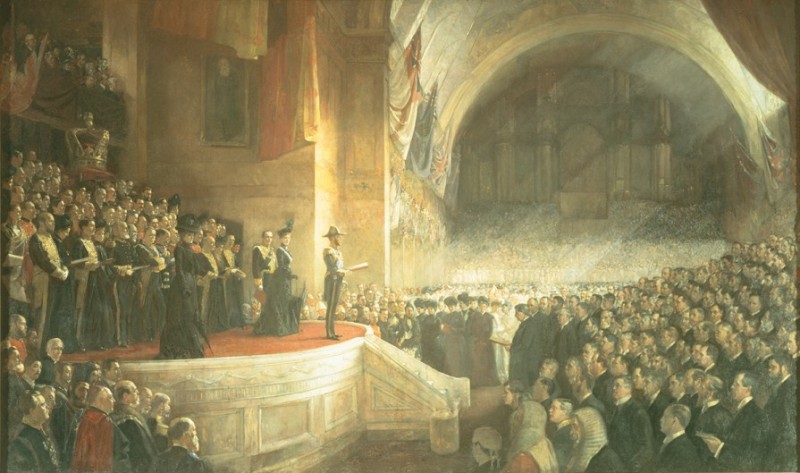Who made the decision for federation to happen and how long did the process take?
The decision to become a federation was made by the people of the 6 British colonies in a series of votes. These colonies became the 6 states of Australia. The process took about ten years, starting with discussions in the 1890s and ending when Australia became a nation on 1 January 1901.
Before 1901, Australia was not a nation. At that time, the continent consisted of 6 British colonies – New South Wales, Victoria, Queensland, South Australia, Tasmania and Western Australia. During the 1890s, each colony sent representatives to special meetings, called conventions, to try to agree about how to form a new federation. Eventually the delegates agreed on the rules for a national parliament and a draft constitution.
The people of the colonies voted in referendums held in 1899 and 1900 to accept this new Australian Constitution. It was then passed as an Act of the British Parliament in 1900, called the Commonwealth of Australia Constitution Act 1900, which came into effect on 1 January 1901. The Constitution established an Australian Parliament which could make laws on behalf of the new Australian nation.

Opening of the First Parliament of the Commonwealth of Australia by H.R.H. The Duke of Cornwall and York (Later King George V), May 9, 1901
Parliament House Art Collection, Canberra, ACT and the Royal Collection Trust.
Opening of the First Parliament of the Commonwealth of Australia by H.R.H. The Duke of Cornwall and York (Later King George V), May 9, 1901

Parliament House Art Collection, Canberra, ACT and the Royal Collection Trust.
Description
This painting was painted by Australian artist Tom Roberts. It is known as the 'Big Picture', although its official name is 'Opening of the First Parliament of the Commonwealth of Australia by H.R.H. The Duke of Cornwall and York (Later King George V), May 9, 1901.'
The ‘Big Picture’ includes 269 portraits of the people who attended the opening of the First Parliament, including the Governor-General, the members of the Senate and House of Representatives, and Australia’s first Prime Minister, Edmund Barton.
Permission for publication must be sought from Parliament House Art Collection. Contact DPS Art Services, phone: 02 62775034 or 02 62775123